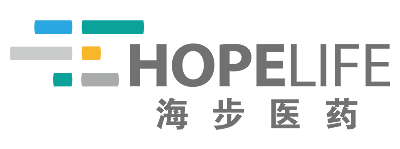【Announcement】Beijing Haibu Pharmaceutical Technology Co., Ltd. Hazardous Waste Pollution Prevention and Control Information Announcement
Classification:
Company News
Release time:
2024-11-05
According to the requirements of the Law of the People's Republic of China on the Prevention and Control of Environmental Pollution by Solid Waste, units that generate solid waste shall timely disclose information on solid waste pollution to the environment in accordance with the law, actively accept social supervision, and based on our unit's actual situation, we hereby disclose the information on hazardous waste pollution prevention and control for 2024 as follows:

1. Hazardous Waste Prevention and Control Facilities
In accordance with relevant laws, regulations, and requirements from environmental protection departments, our company has set up a dedicated temporary storage room for hazardous waste. To address environmental pollution caused by hazardous waste, experimental reagents, waste liquids, and other hazardous wastes must be strictly managed and operated in accordance with the 'Standards for Pollution Control on Hazardous Waste Storage' (GB18597-2001).
1. Experimental reagents and waste liquids are stored in dedicated containers within the hazardous waste temporary storage room, which are ultimately collected and disposed of regularly by Beijing Dingtai Pengyu Environmental Technology Co., Ltd.
2. The temporary storage box for hazardous waste is separated from general household garbage storage areas and has measures to prevent rainwater intrusion and scattering; classified packaged experimental reagents and waste liquids are placed in waste liquid barrels before being stored in dedicated temporary storage barrels for waste liquids, ensuring that unauthorized personnel cannot move them. Warning signs are set up externally as required.
3. The floor of the hazardous waste temporary storage room is hardened and treated to prevent leakage that could pollute groundwater and surrounding environments during temporary storage.
4. A ledger is established for the generation and disposal of hazardous waste with accurate records kept. A designated person manages this process, accurately recording daily generated hazardous wastes' names along with their quantities for storage, utilization, or disposal; any transfer of hazardous wastes externally must be reported to environmental protection departments.
2. Emergency Response Measures
1. When a combustible gas alarm sounds, operations should be immediately halted, and personnel should be promptly evacuated to an upwind location.
2. In case of a level one or two alarm activation, responsible personnel on-site must immediately report to the company's safety officer and notify heads of all laboratory departments; if a level three alarm occurs, on-site personnel must report immediately to the company's safety officer.
3. On-site emergency response personnel should wear gas masks and protective clothing before using fire sand, dry soil, absorbent cottons, etc., for emergency handling.






